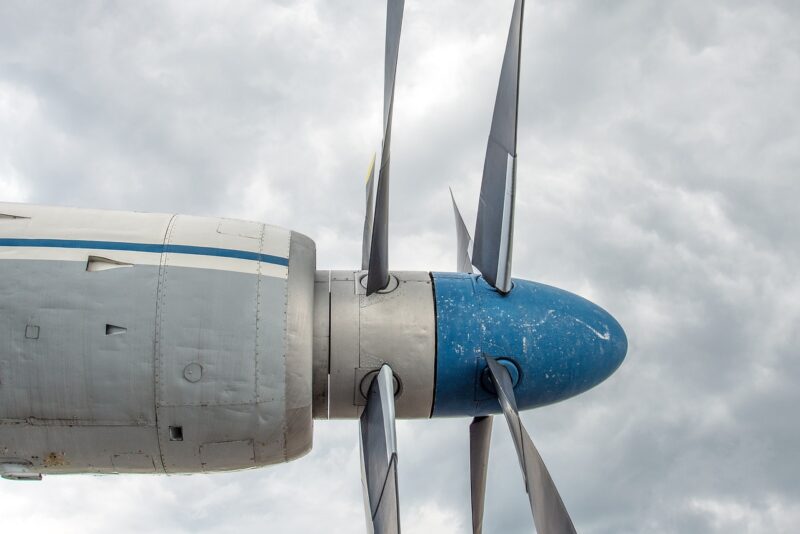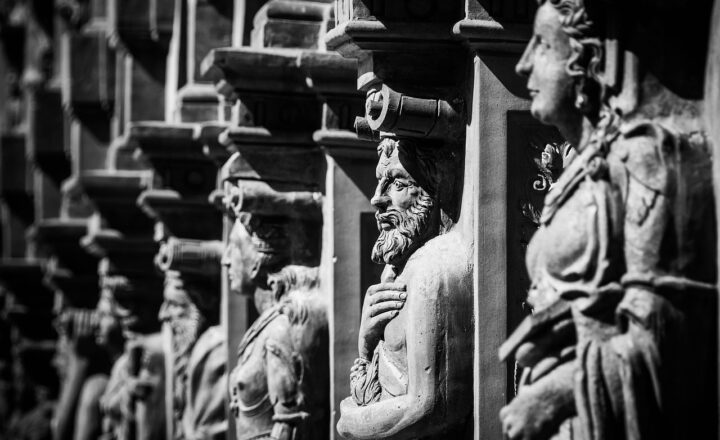The Strangest Devices in Early Aviation: Odd Contraptions That Tried to Fly
November 15, 2024

The quest for flight has captivated human imagination for centuries. From ancient myths of Icarus to the Wright brothers’ first successful flight in 1903, the desire to soar through the skies is a timeless aspiration. However, before the era of sophisticated aircraft, inventors and dreamers created a vast array of strange and often bizarre contraptions in their attempts to conquer the skies. In this article, we will explore some of the most unusual devices in early aviation that dared to defy gravity.
1. The Da Vinci Flying Machine
One of the earliest concepts of human flight can be attributed to the genius of Leonardo da Vinci in the 15th century. His designs for a flying machine, often referred to as the “ornithopter,” depicted a structure resembling a bird with wings that flapped. Da Vinci used his observations of birds in flight to sketch his concepts, which included a framework made of wood and cloth. While these designs were never built in his time, they laid the groundwork for future explorations into flight.
2. Sir George Cayley’s Glider
Fast forward to the early 19th century, and we meet Sir George Cayley, often credited as one of the fathers of aviation. His rigorous scientific approach led him to create a glider in 1799, which included a wing, a tail, and a fuselage. What sets Cayley’s glider apart was its design, which sought to understand the principles of lift and drag. While it was a significant advancement in aerodynamics, the machine was quite simple compared to modern gliders, resembling a carriage with wings more than anything else.
3. The Flying Machine of Gustave Eiffel
Before building the famous Eiffel Tower, Gustave Eiffel was interested in aviation. In the 1900s, he designed a flying machine that included a boxy body and an array of confusing wings and rotors. The contraption, known as the Eiffel Vertical Flight or simply the Eiffel flying machine, was meant to take off vertically, much like a helicopter. Despite its bizarre design, this machine contributed to early aeronautical research, though it never achieved flight.
4. The Langley Aerodrome
In the pursuit of flight, inventor Samuel Langley built a remarkable device known as the Aerodrome in the late 1800s. Resembling a large, feather-covered drone, Langley’s flying machine was powered by steam engines. It made several test flights, but it was not until later that a revised version took to the air—albeit briefly. Unfortunately, the machine never achieved sustained flight, and Langley faced criticism for its failures.
5. The British Army’s “Flying Fish”
In 1910, the British Army commissioned the creation of a flying machine that has since been dubbed the “Flying Fish” due to its peculiar appearance. This peculiar contraption boasted a bizarre shape with large, horizontally aligned wings, resembling a fish swimming through the air. Unfortunately, this aircraft never reached operational capability, but it is a testament to the innovative thinking of early aviation engineers attempting to replicate nature.
6. The Herring-Bird” Manned Glider
Invented by the eccentric Victor Tatin in 1879, the Herring-Bird was a manned glider that looked like a strange bird. Its design was unique, featuring a fuselage with split wings that dropped to the ground. Though it took to the skies, the airborne adventure was short-lived, as it crash-landed after only a few moments. Nevertheless, the Herring-Bird represents a significant milestone in attempting to conquer the sky, showcasing the creativity of early aviation pioneers.
7. The Antoinette Flying Machine
In 1906, French engineer Léon Levavasseur introduced the Antoinette Flying Machine. It was possessed by an intricate framework resembling a massive biplane. With its extremely large wingspan and a pusher propeller, the Antoinette became one of the earliest powered aircraft designs. It made several successful flights, but its reliance on an unconventional design—a front-mounted engine with its propellers facing behind—never achieved widespread adoption.
8. The Silver Bird: A Precursor to Modern Gliders
Invented by Canadian inventor John Montgomery in 1883, the Silver Bird was a graceful-looking glider that made a significant impact on subsequent glider designs. It effectively explored aerodynamic principles using a lightweight structure. Though the Silver Bird only had a short flight with the pilot briefly airborne before crash landing, its sleek design would inspire future aviators and propelled early exploration in aerodynamics.
Conclusion
The history of early aviation is filled with strange devices and odd contraptions, many of which paved the way for the remarkable aircraft we know today. From Da Vinci’s brilliant concepts to the unconventional designs of early 20th-century inventors, these attempts at flight demonstrate the relentless human spirit of innovation and exploration. Although these devices were often impractical or outright failures, they represent critical stepping stones in humanity’s quest to conquer the skies that continues to inspire future generations of engineers and dreamers.
As we look back at the journey of aviation, it’s essential to honor these strange inventions that, while unsuccessful, contributed significantly to the understanding of flight and the principles of aerodynamics. Today, we can fly great distances in safety and comfort only because pioneers dared to dream and invent odd contraptions that tried to take to the air.








